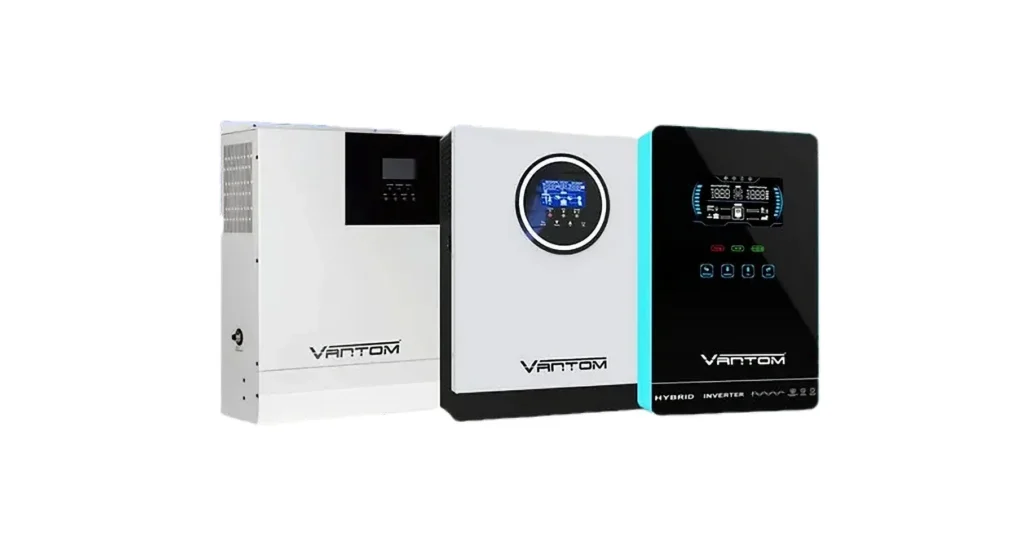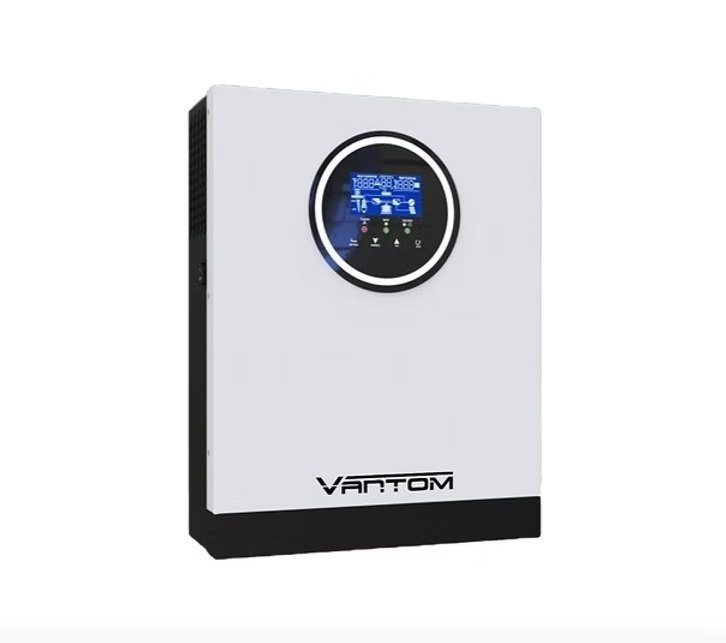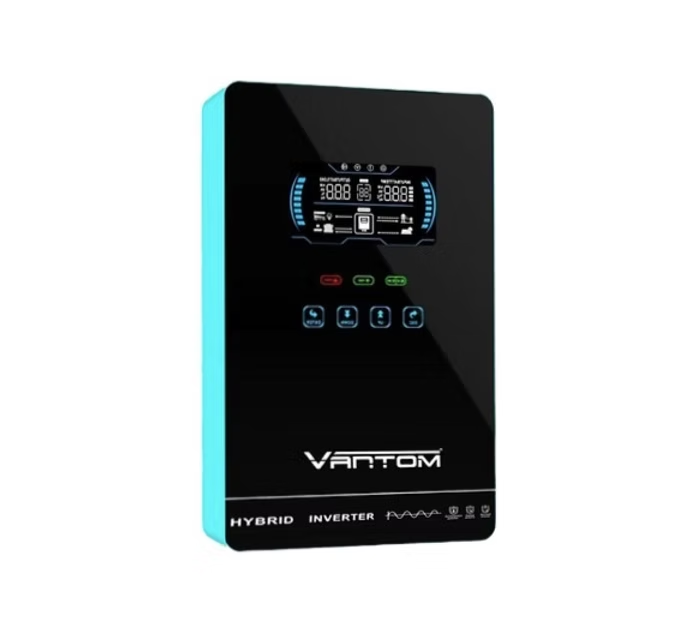


In the world of electrical engineering and power electronics, high-frequency inverters play a crucial role in various applications, offering a wide array of advantages and benefits compared to traditional inverters. As technology continues to advance, the demand for high-frequency inverters has increased significantly due to their efficiency, compactness, and versatility. In this blog, we will explore and delve into the advantages of high-frequency inverters, their operating principles, and their applications across different industries.

High-frequency inverters are known for their high efficiency, which is one of their most significant advantages. By operating at higher frequencies, typically in the range of tens or hundreds of kilohertz, these inverters can minimize energy loss, resulting in improved overall efficiency. This efficiency is particularly important in applications such as renewable energy systems, electric vehicles, and industrial machinery, where energy conservation is a top priority.
Another key advantage of high-frequency inverters is their compact design. The higher switching frequency allows for the use of smaller and lighter passive components such as capacitors and inductors. As a result, high-frequency inverters are more space-efficient, making them ideal for applications where space is limited, such as in portable electronic devices, medical equipment, and automotive electronics.
High-frequency inverters operate at frequencies well above the audible range, which minimizes electromagnetic interference (EMI) with other electronic devices. This advantage is particularly crucial in sensitive environments such as medical facilities, laboratories, and communication systems where EMI can disrupt the proper functioning of critical equipment. The ability to reduce EMI makes high-frequency inverters an ideal choice for these applications.

Due to their high switching frequencies, high-frequency inverters are capable of providing fast response times and precise control of output waveforms. This makes them well-suited for applications requiring rapid load changes, such as in uninterruptible power supplies (UPS), motor drives, and grid-tied solar inverters. The ability to respond quickly to changes in load demand ensures stable and reliable operation in dynamic systems.
High-frequency inverters are designed to be compatible with a wide input voltage range, allowing them to operate efficiently under varying input conditions. This flexibility makes them suitable for use in off-grid renewable energy systems, energy storage applications, and power conditioning systems where input voltages can fluctuate considerably.
The compact and efficient nature of high-frequency inverters contributes to their high power density. In other words, they can deliver a relatively high amount of power output in relation to their physical size and weight. This makes them an attractive choice for applications where space and weight are significant concerns, such as in aerospace, defense, and telecommunications systems.
High-frequency inverters generate less heat due to their high efficiency and reduced energy loss, which simplifies thermal management requirements. This advantage not only contributes to the overall reliability of the system but also reduces the need for complex and costly cooling solutions, especially in enclosed or harsh environments.
High-frequency inverters operate based on the principles of pulse width modulation (PWM) and insulated gate bipolar transistor (IGBT) technology. PWM allows the inverter to control the output voltage by modulating the width of the pulse applied to the load. This provides a means of achieving precise voltage regulation and output waveform shaping. The use of IGBTs, which are semiconductor devices combining high efficiency and fast switching speeds, enables high-frequency inverters to achieve the desired performance characteristics in terms of efficiency, reliability, and controllability.
Comments 0